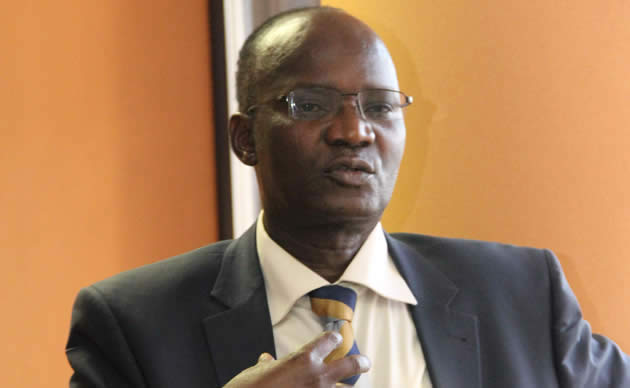STEM uptake increases

Auxilia Katongomara, Chronicle Reporter
UPTAKE of the Science, Technology, Engineering and Mathematics (STEM) programme has increased with over 300 pupils enrolling for the Lower Sixth form resulting in a payment of about $4 million for school fees and examination fees.
The STEM programme launched by the Ministry of Higher and Tertiary Education Science and Technology Development last year has seen beneficiaries for the Lower Sixth and Upper Sixth form totalling 10 495.
Statistics released by the Zimbabwe Development Fund (Zimdef) show that 5 431 pupils enrolled for the Lower Sixth Form this year compared to 5 136 last year.
The number of Upper Six formers has reduced to 5 064 after some pupils were allegedly enticed by scholarships from the private sector.
Zimdef has paid out $3 949 638, 99 for both classes as well as examination fees for the Upper Sixth formers.
The Maths Physics and Chemistry combination has the highest number with 3 339 pupils followed by Maths, Biology and Chemisty (MBC) with 1 742. A total of 279 pupils opted for Maths, Physics and Biology (MPB) while Maths, Physics, Biology and Chemistry (MPBC) had 89 pupils.
Statistics show that 533 pupils from Bulawayo have registered compared to about 500 last year while, Matabeleland North has 182 pupils compared to 145 last year and Matabeleland South dropped from 500 to 341.
Higher Tertiary Education, Science and Technology Development Minister, Professor Jonathan Moyo, is on record as saying his ministry will in the next 10 years produce 50 000 STEM technologists and engineers meant to industrialise and modernise Zimbabwe’s economy.
Prof Moyo said his ministry would achieve industrialisation through the STEM263 Initiative whose time frame is between 2016 and 2026.
“We’re developing STEM students at A-Level through full scholarships to students who obtain grades “C” or better in two or more subjects comprising Mathematics, Physics and Biology. This pool is to enable the country’s universities to recruit stemitised students for STEM degrees and STEM careers.
“Over a 10 year period, this intervention, which is projected to develop some 50 000 STEM technologists and engineers for the New Economy, is well defined and specifically targeted at disciplines, professions and trades that are necessary to drive Zimbabwe’s industrialisation and modernisation,” he said.












Comments